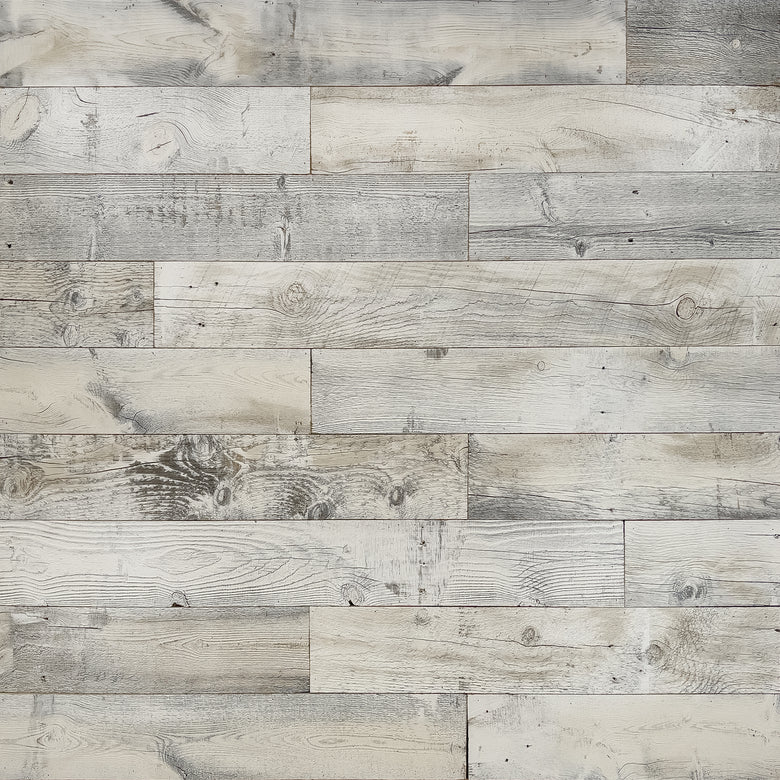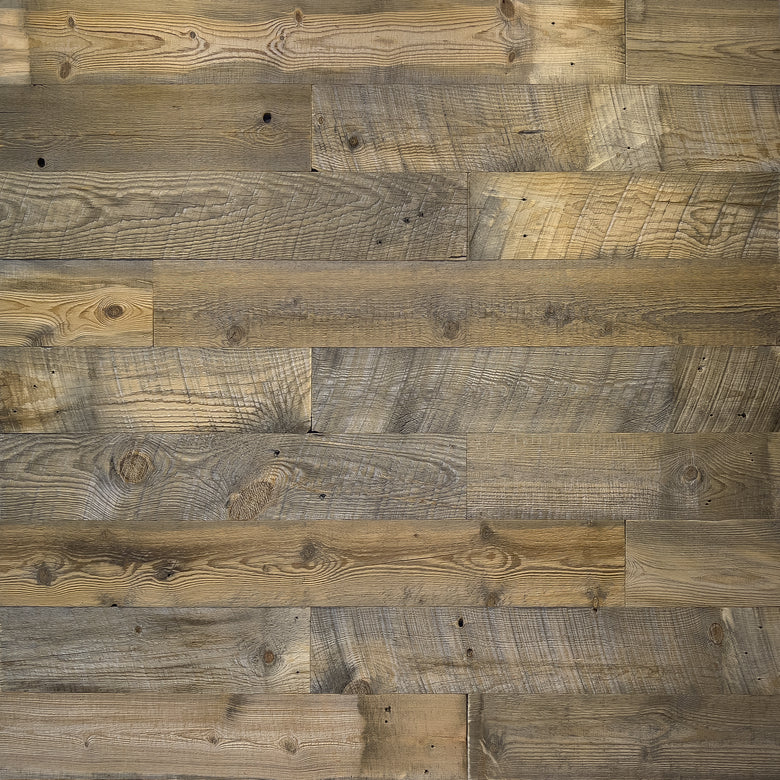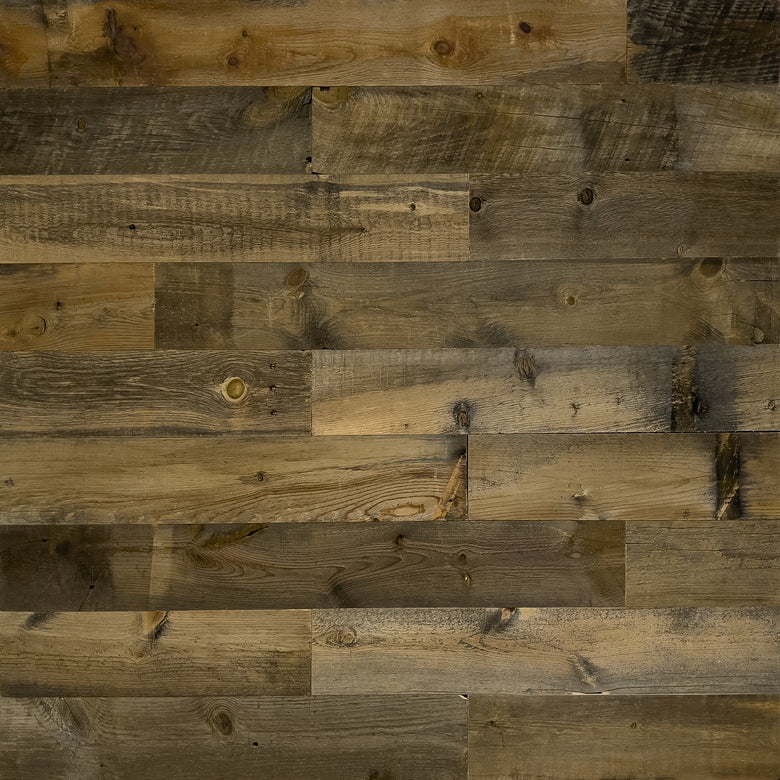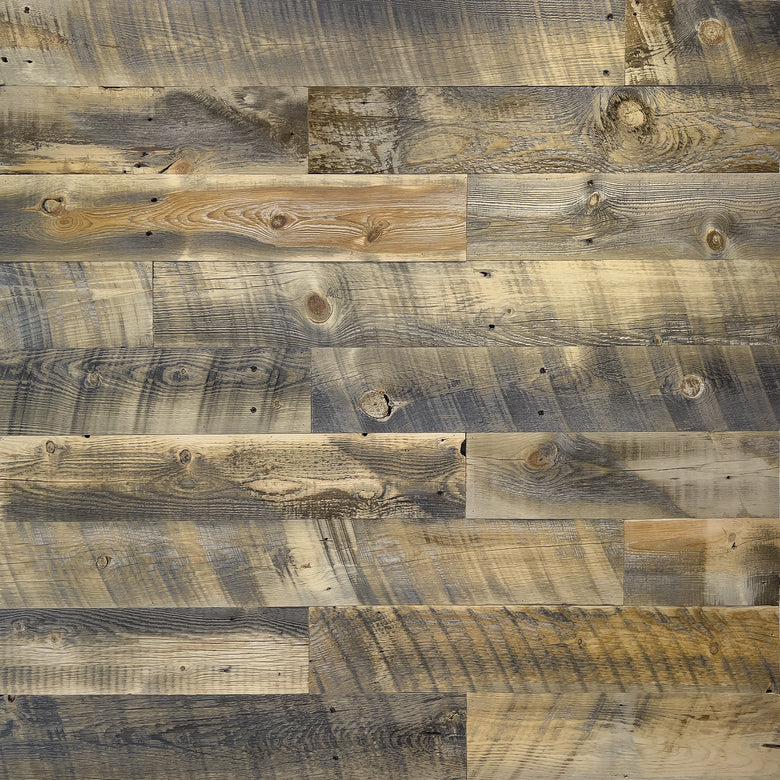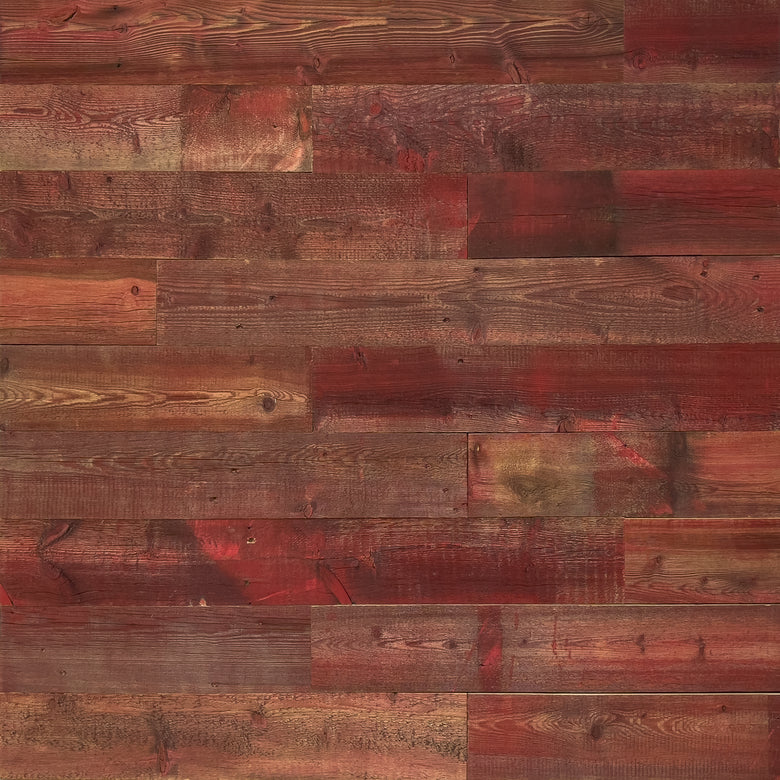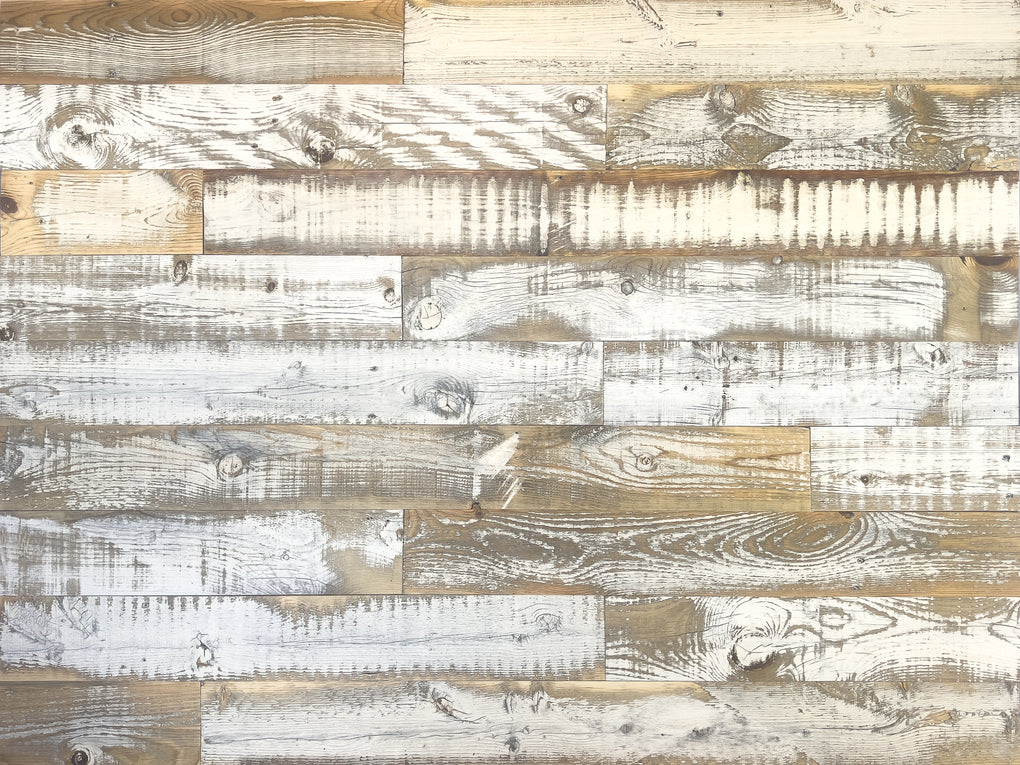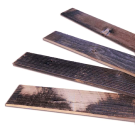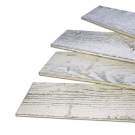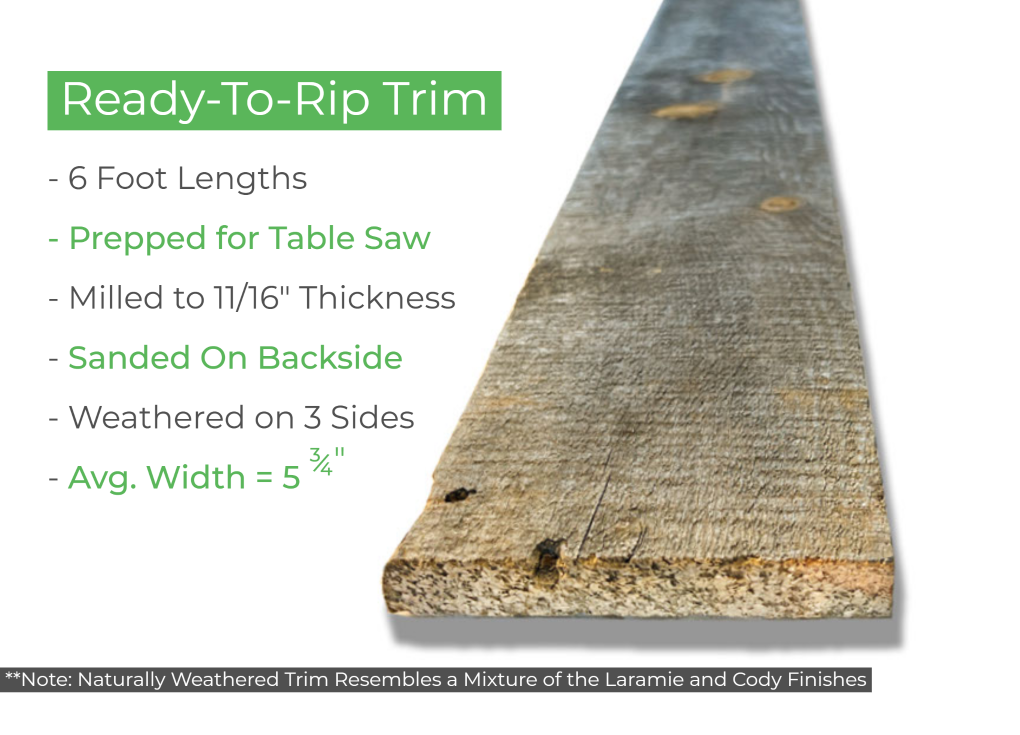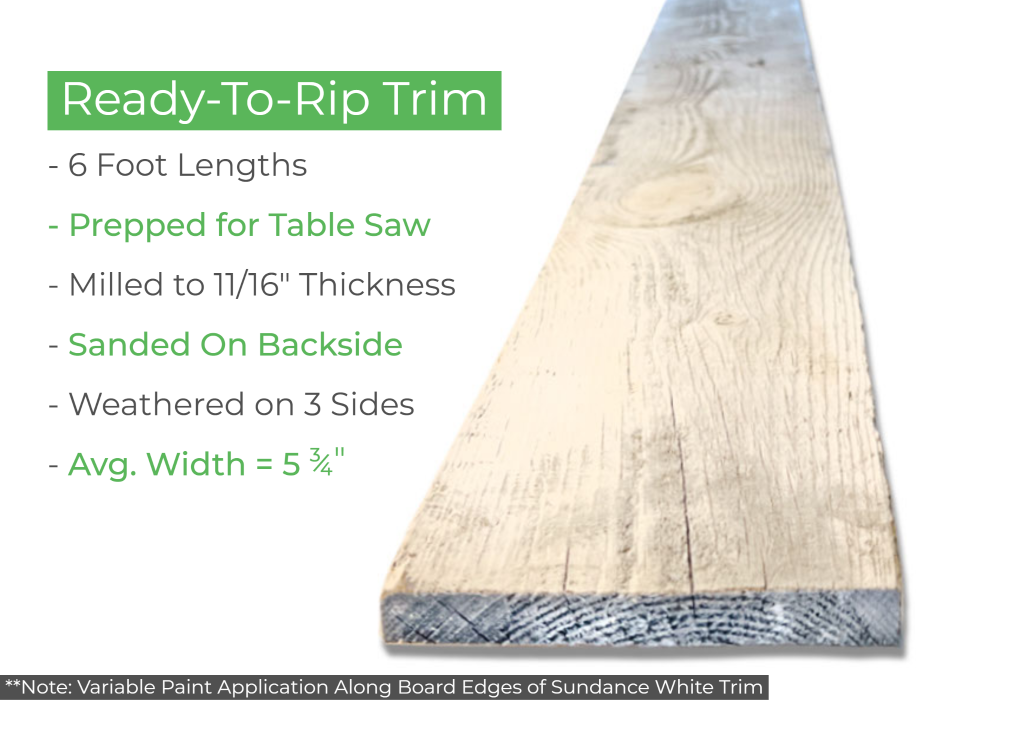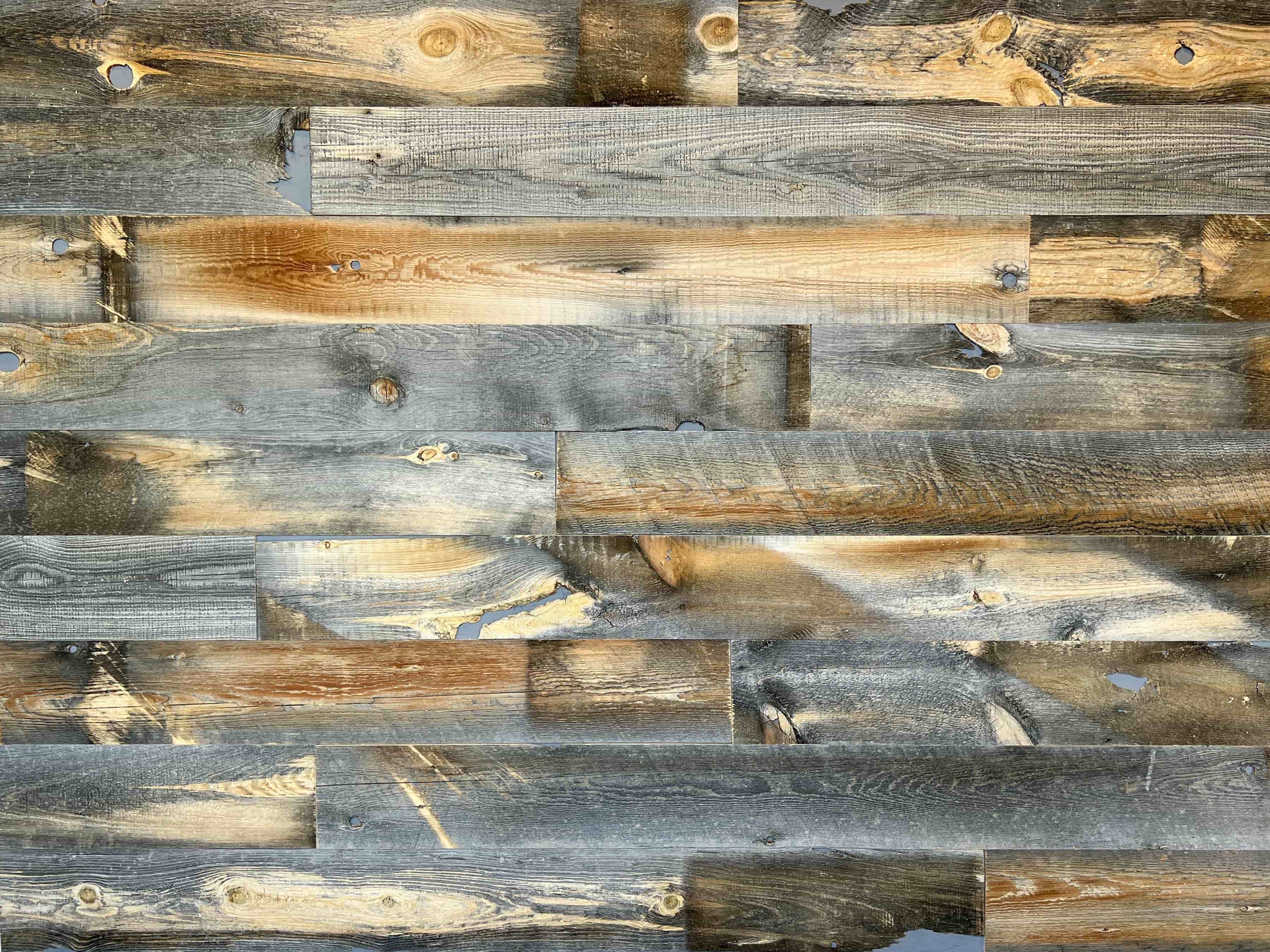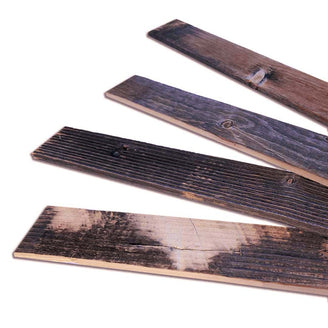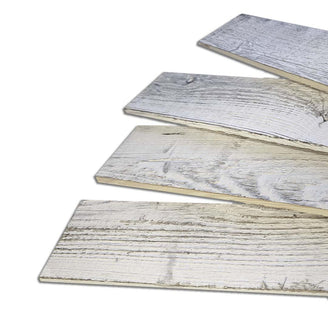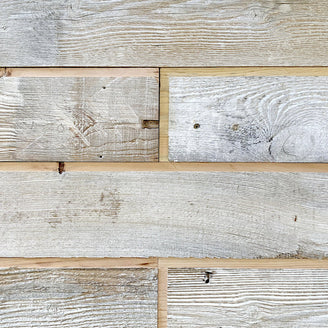HGTV’s popular show Fixer Upper, which ended in 2018, brought the term shiplap into the public consciousness. The funny thing about shiplap is that what you see on a new farmhouse-style wall is most likely not ship lap at all.
Shiplap was originally used for exterior siding. The milling process for edging shiplap boards is to rabbet edges to create a tight and secure joint. The top edge of each board laps over the bottom edges of adjacent boards creating a flush joint. Often, a small gap is left between the boards to give a wall a sense of linear structure. Once the milling technique was applied to interior walls it was mainly used in rural settings to help keep the rain and wind out of leaky buildings. In recent times it was discovered that using this type of joining technique helps to create even and linear patterns on walls that are pleasing to the eye.


